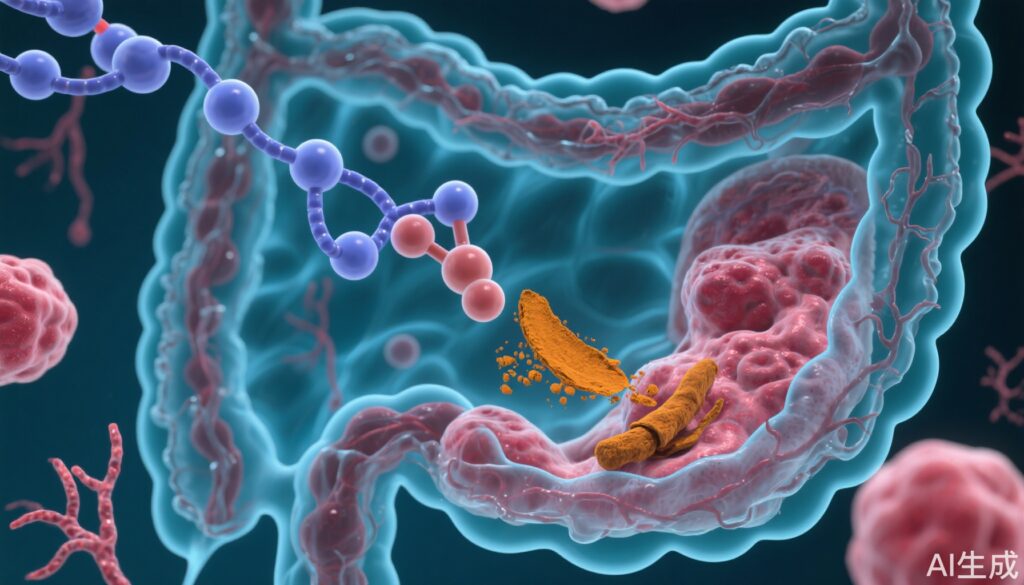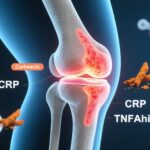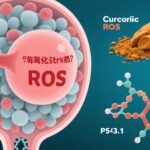Highlights
- Curcumin selectively targets colorectal cancer stem-like cells (CSCs) in adenomas and tumors.
- Mechanistic studies reveal curcumin binds to and inhibits NANOG, a key CSC regulator.
- In vivo models confirm curcumin delays tumor onset and reduces CSC populations.
- Potential for curcumin as a preventive therapy in high-risk colorectal cancer populations.
Study Background and Disease Burden
Colorectal cancer (CRC) remains a leading cause of cancer-related mortality worldwide, with rising incidence and unsustainable costs placing immense pressure on healthcare systems. Preventive strategies are urgently needed, particularly those that can be safely implemented at the population level. Dietary-derived compounds, such as curcumin from turmeric, have attracted interest due to their safety profiles and potential chemopreventive properties. However, translating promising preclinical evidence into clinical benefit has been challenging, partly due to limited mechanistic understanding of these agents in human tissue and disease models.
Study Design
This translational study by Khan et al. (2025) employed a multi-tiered approach to evaluate the efficacy and mechanism of curcumin against human colorectal CSCs:
- Patient tissue profiling: 10 adenomas, 50 primary cancers, 6 colorectal liver metastases, and 45 normal mucosal samples were obtained from surgical resections. CSCs were defined using FACS based on ALDH activity, CD133, and ESA expression.
- Ex vivo and in vivo models: Spheroid cultures from human tissue and patient-derived xenograft (PDX) models in NOD/SCID mice were used to assess the functional impact of curcumin on CSC populations and tumorigenicity.
- Molecular mechanistic studies: The interaction between curcumin and NANOG, a key stem cell regulatory protein, was investigated using Western blot, FACS, and gene expression analyses in engineered CRC cell lines and primary tissues.
Key Findings
1. CSCs in Adenomas as a Target for Prevention:
Analysis showed the highest proportion of ALDHhigh/CD133− CSCs in adenomas (11.8%) compared to normal tissue (4.8%) and cancers (2.9%), suggesting that CSCs are enriched early in colorectal tumorigenesis and represent a rational target for prevention.
2. Curcumin Suppresses CSCs and Tumor Formation In Vivo:
In a PDX model, curcumin (phytosomal formulation, Meriva®) delayed tumor onset (median 105 vs. 80 days, p < 0.05) and improved survival (160 vs. 117 days, p < 0.05). Importantly, curcumin reduced ALDHhigh/ESA+ and CD133+/ESA+ CSC fractions by over 50%, and ALDHhigh/CD133+ by 83% compared to controls.
3. NANOG as a Mechanistic Target:
NANOG, a transcription factor critical for stemness, was overexpressed in adenomas and cancers but nearly absent in normal mucosa. Curcumin directly bound to NANOG, disrupted its DNA binding, and inhibited downstream transcriptional activity. Tissues and cell lines with high NANOG expression were more sensitive to curcumin-induced inhibition of sphere formation.
4. Promotion of CSC Differentiation:
Short-term curcumin treatment decreased NANOG-expressing CSCs not by inducing apoptosis but by promoting their differentiation, as evidenced by gene expression shifts towards intestinal epithelial lineage and away from stem-cell signatures. This effect intensified over 72 hours and was confirmed by gene set enrichment analysis (GSEA).
5. Selectivity and Resistance Patterns:
Curcumin preferentially targeted NANOG-overexpressing CRC cells. While some reports suggest long-term curcumin exposure may induce autophagic survival in a CSC subset, this study found no significant resistance after 2 weeks of alternate-day treatment in NANOG-overexpressing HCT116 cells.
Expert Commentary
The findings provide robust evidence that curcumin disrupts early and late colorectal tumorigenesis by targeting CSCs, particularly those expressing high levels of NANOG—a biomarker linked with poor prognosis and advanced disease. By reducing the pool of stem-like cells thought to drive recurrence, metastasis, and resistance, curcumin holds promise as a chemopreventive agent, especially for high-risk patients with adenomas or early dysplastic lesions.
However, several limitations should be acknowledged. The translation from preclinical models to human prevention trials remains challenging, especially regarding curcumin’s bioavailability, formulation, and optimal dosing. Moreover, while the reduction in CSCs and tumor delay is compelling, whether this translates to meaningful clinical endpoints such as reduced CRC incidence or mortality in humans awaits confirmation in large-scale trials.
Conclusion
This study elucidates a key mechanism underlying curcumin’s chemopreventive potential: direct inhibition and differentiation of NANOG-expressing colorectal CSCs. These insights support the rationale for clinical evaluation of curcumin in CRC prevention, particularly among individuals with adenomas and high CSC burdens. Future research should focus on optimizing formulation, identifying responsive patient subsets, and integrating theragnostic biomarkers such as NANOG for patient stratification and monitoring.
References
1. Khan S, Karmokar A, Howells L, et al. An old spice with new tricks: Curcumin targets adenoma and colorectal cancer stem-like cells associated with poor survival outcomes. Cancer Lett. 2025 Oct 1;629:217885. doi: 10.1016/j.canlet.2025.217885.
2. Medema JP. Cancer stem cells: The challenges ahead. Nat Cell Biol. 2013;15(4):338-344.
3. Prasad S, Gupta SC, Tyagi AK, Aggarwal BB. Curcumin, a component of golden spice: From bedside to bench and back. Biotechnol Adv. 2014;32(6):1053-1064.
4. Barker N, Clevers H. Tracking down the stem cells of the intestine: Strategies to identify adult stem cells. Gastroenterology. 2007;133(6):1755-1760.



